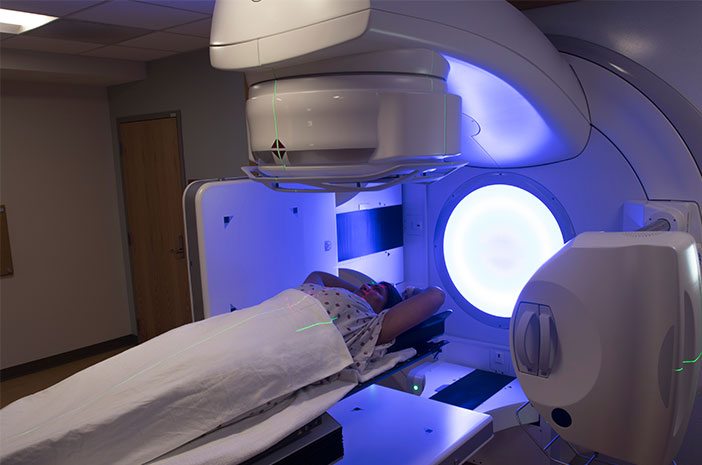Among several kinds of nanomaterial performed for cancer therapy, carbon dots (CDs) have been developed massively regarding optical and non-toxic properties associated with, that profoundly required as biomarker agent on biological applications. Even commonly made from graphene or graphene oxide derivates, some researches also proved successful synthesis of CDs from organic small compounds and natural products. Moreover, several studies have found interesting ideas on using folic acid as a precursor in carbon dot synthesis and its utilization as a biomarker of cancer cells. Various kinds of research on the synthesis of CDs have been carried out with different methods. Based on the previous study, abundant folic acid-based carbon dots (FACDs) synthesized by the hydrothermal method showed complicated treatment for the fabrications process, identified by further sonication, centrifugation, and precipitation after heated in the hydrothermal state.
Besides, the microwave method is a method that is carried out by heating using microwaves. The resulting microwaves can simplify and speed up the synthesis process. Another technique that involves a heating process is furnace-assisted. The method is classified as a simple synthesis process owing to its oxygen-free heating principle. As pursued in previous studies, a simple approach for the formation of fluorescent CDs that target cancer cells by folic acid as the carbon precursor in CDs fabrication has been conducted. The CDs were synthesized in a simple single-step process without conjugating folic acid with the prepared CDs. However, the synthesized CDs still exhibit a low QY value. Therefore, it is necessary to perform simple synthesis (one-pot) and excellent photoluminescence effect and accurately targeted cell delivery drugs in biomedical applications. This study was applied to compare the FACDs synthesis process that has never been explored before, with a furnace-assisted and microwave-assisted approach.
A favorable FACDs were examined by optical and physical properties, equipped by UV–Vis, Photoluminescence, Fourier transform infrared, Raman, X-ray photoelectron Spectrophotometer, X-ray diffractometer, and Atomic force microscope. CCK-8 assay was utilized to evaluate the toxicity of CDs and using CLSM test to capture the FACDs ability as a staining agent for the HeLa cancer cell supported by kinetic release study.
Content
The FACDs were synthesized by merely handling folic acid through a furnace and microwave-assisted method (Scheme 1). Even mechanism synthesis of CDs does not fix yet, dehydration and carbonization processes occur theoretically during thermal treatment on both methods, respectively. Then, this condition will initiate rearrangement of the folic acid structure as strong as its combination to form a graphene oxide-like structure. Nevertheless, this reassembling process was initiated by hydrogen bonds occurring between folic acid itself (as displayed on Scheme 1). Aslo, the drug loading capacity of DOX on FACDs was calculated at nearly 62%.
Furthermore, the formation of FACDs-DOX Graphene oxide (GO) structure will be obtained in CDs core due to further carbonization which was confirmed by performing luminescence of FACDs under UV light. Some characterizations have been taken, such Spectroscopy UV-Vis, Photoluminisence, Raman, Fourier Transform Infra-red and confirmed formation of graphene oxide like structure on FACDs. Moreover, toxicity assay through CCK8 and flowcytometry confirmed that FACDs is non-toxic and emerging capability on killing HeLa cancer cell once combined with Doxorubicine and induce apoptosis for first 24 h up to 54 %. The release oh Doxorubicin also comes to faster release on acidic conditions with Korsmeyer-Peppas kinetic model.
As result, Carbon dots can be fabricated from folic acid-based by the process of a furnace and microwave-assisted carbonization. Some characterizations confirmed the successful FACDs with the highest optical property (QY value 55.7%), the cytotoxicity evaluation unveils that all FACDs are non-toxic. Confocal study increased the potency application of FACDs as bioimaging agents. Distinctly, the DOX release rate was higher in the acidic pH state than in the neutral or basic state, due to protonation that was initiated by hydrogen bonding and van der Waals interactions. The DOX release of the CDs matches the Korsmeyer-Peppas kinetic model.
Author: Mochamad Zakki Fahmi
The full article:
https://www.sciencedirect.com/science/article/pii/S0254058421003795?dgcid=author





